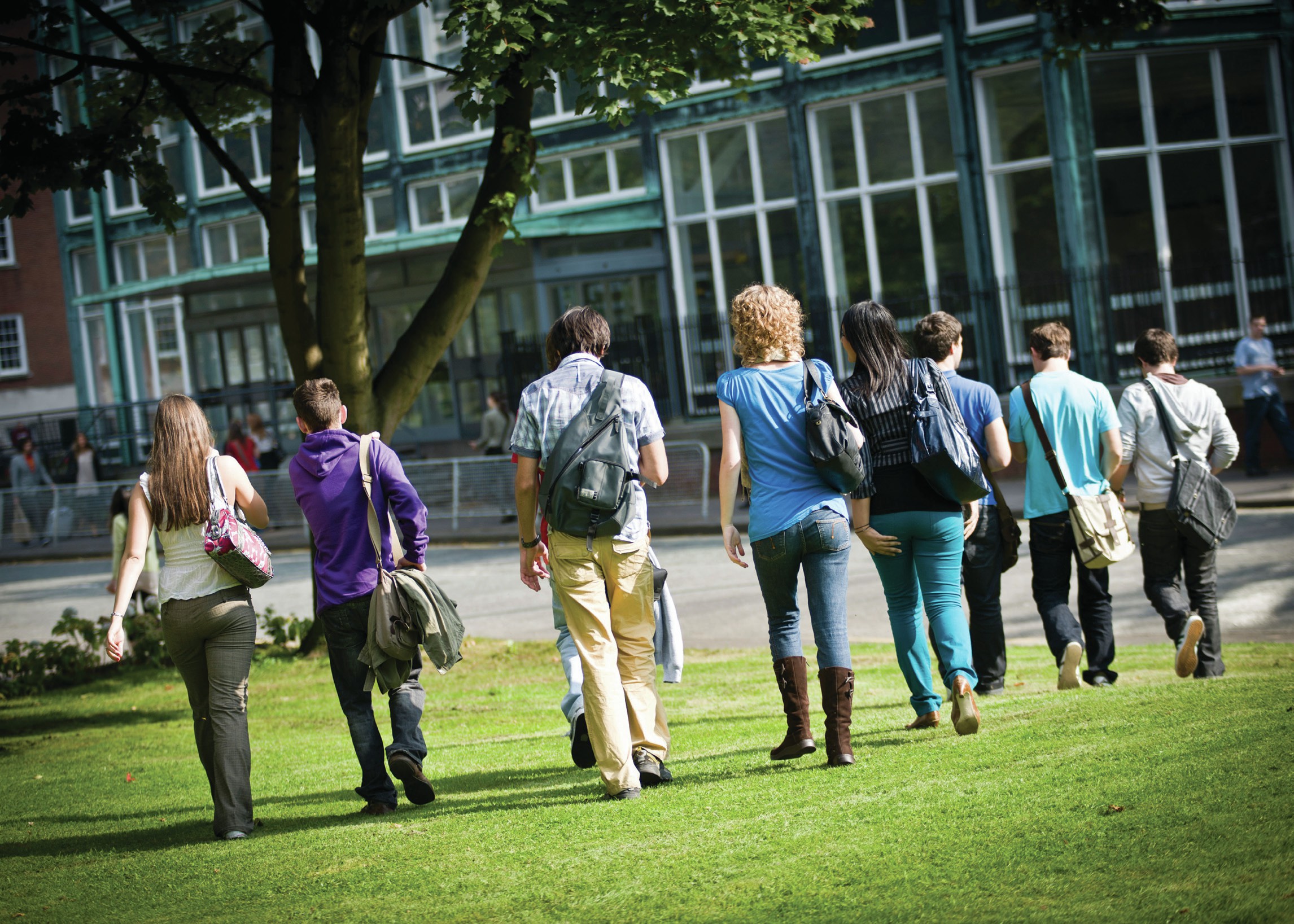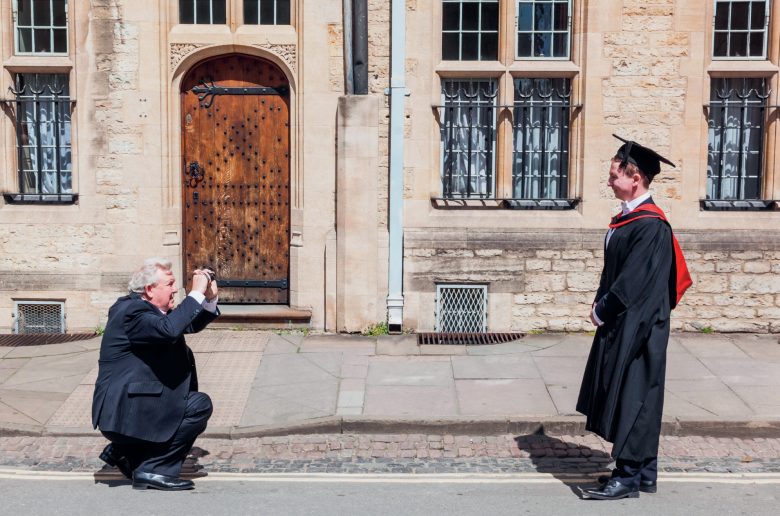
The Higher Education Statistics Agency (HESA) reports that the average percentage of students from manual backgrounds entering higher education is 32.3. HESA classifies each student according to the occupation of the parent in the more senior position in the workforce (which gets round the problem of using only men’s occupation to determine social class), using the NS-SEC classes 4, 5 and 6 to determine lower socioeconomic status. However, looking at young, full-time first degree entrants in the academic year 2008–09, HESA found that there was a considerable disparity among universities regarding the proportion of students from such backgrounds. (Note that HESA says that it has no data regarding the long-term unemployed.) Table 1 shows the bottom four and the top four universities in England and Wales in this regard.
Under the Higher Education Act 2004, the Labour government set up the Office for Fair Access (OFFA). The purpose of this body was to ensure that:
Your organisation does not have access to this article.
Sign up today to give your students the edge they need to achieve their best grades with subject expertise
Subscribe




